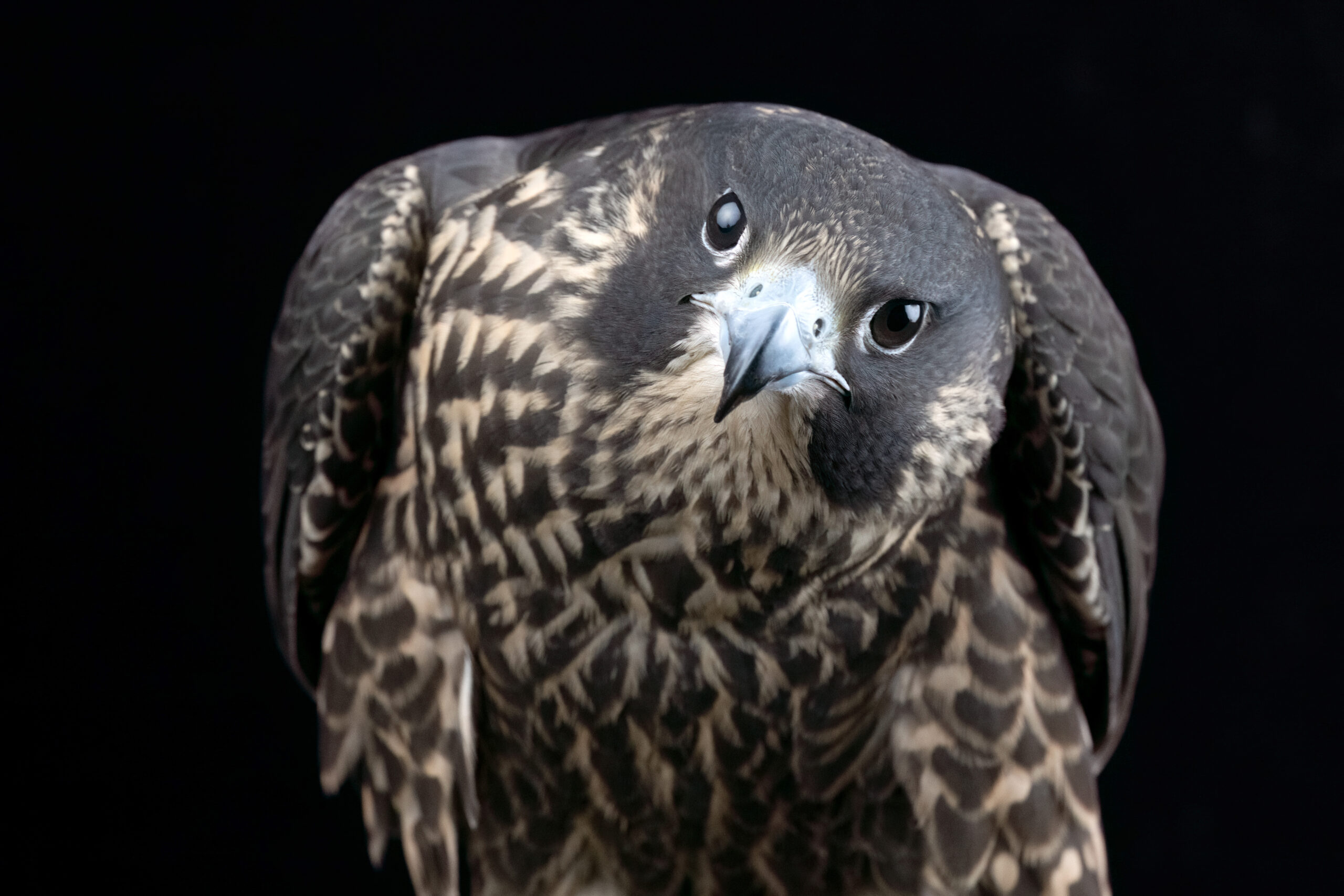
Peregrine Falcons are one of the most widely distributed land animals in the world, having been observed on every content in the world except for Antarctica. Highly regarded as a noble bird by biologists and licensed falconers, Peregrines have darker, striped plumage and tapered wings for aerodynamic flight. Although currently classified as Least Concern, Peregrine…
Read More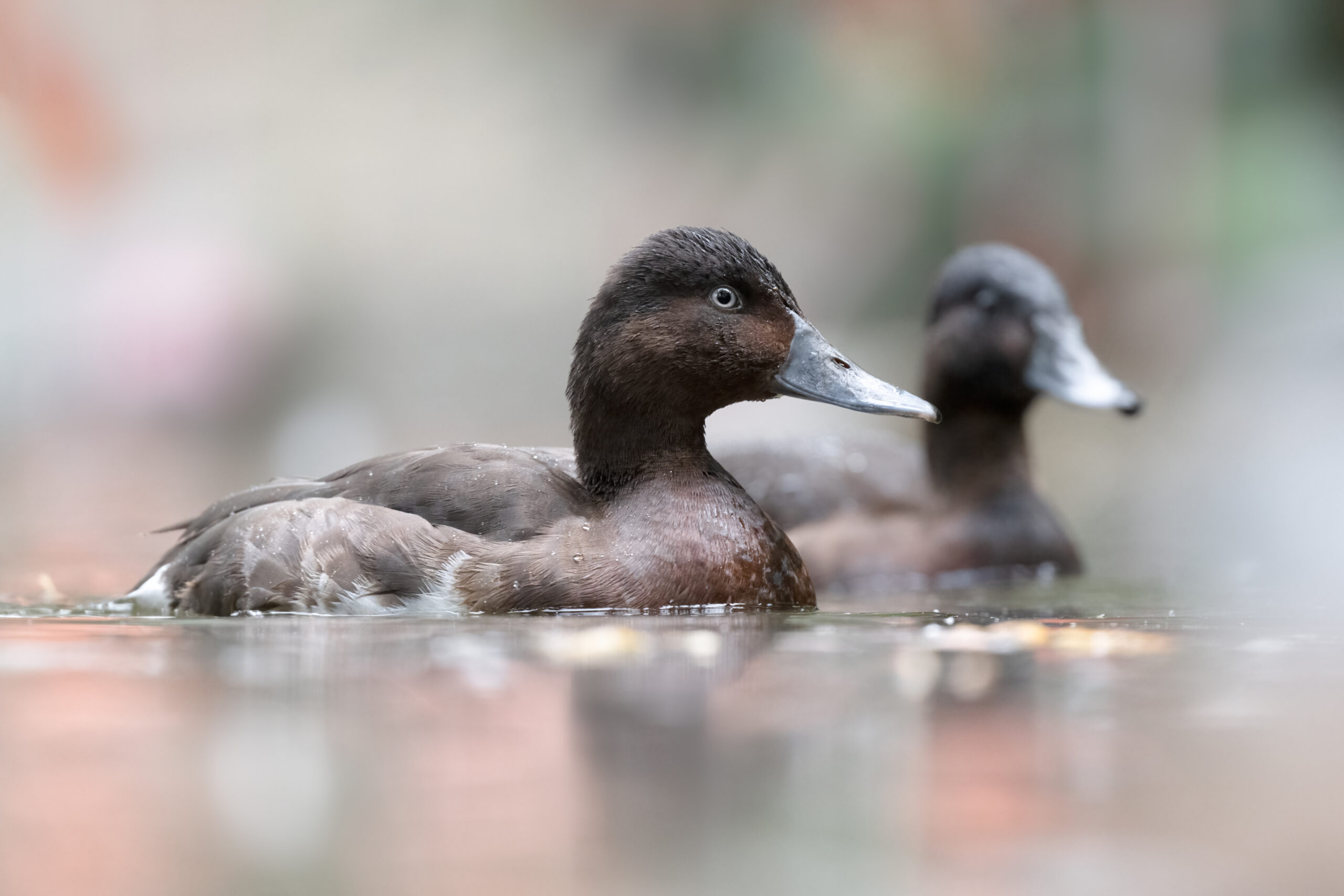
Baer’s Pochards have sleek dark gray and sometimes black head with hues of brown, red, and white on their sides. They have a distinctive white band on their wings which can only be seen when they have their wings open. It’s estimated that this species can reach depths of more than six feet under the…
Read More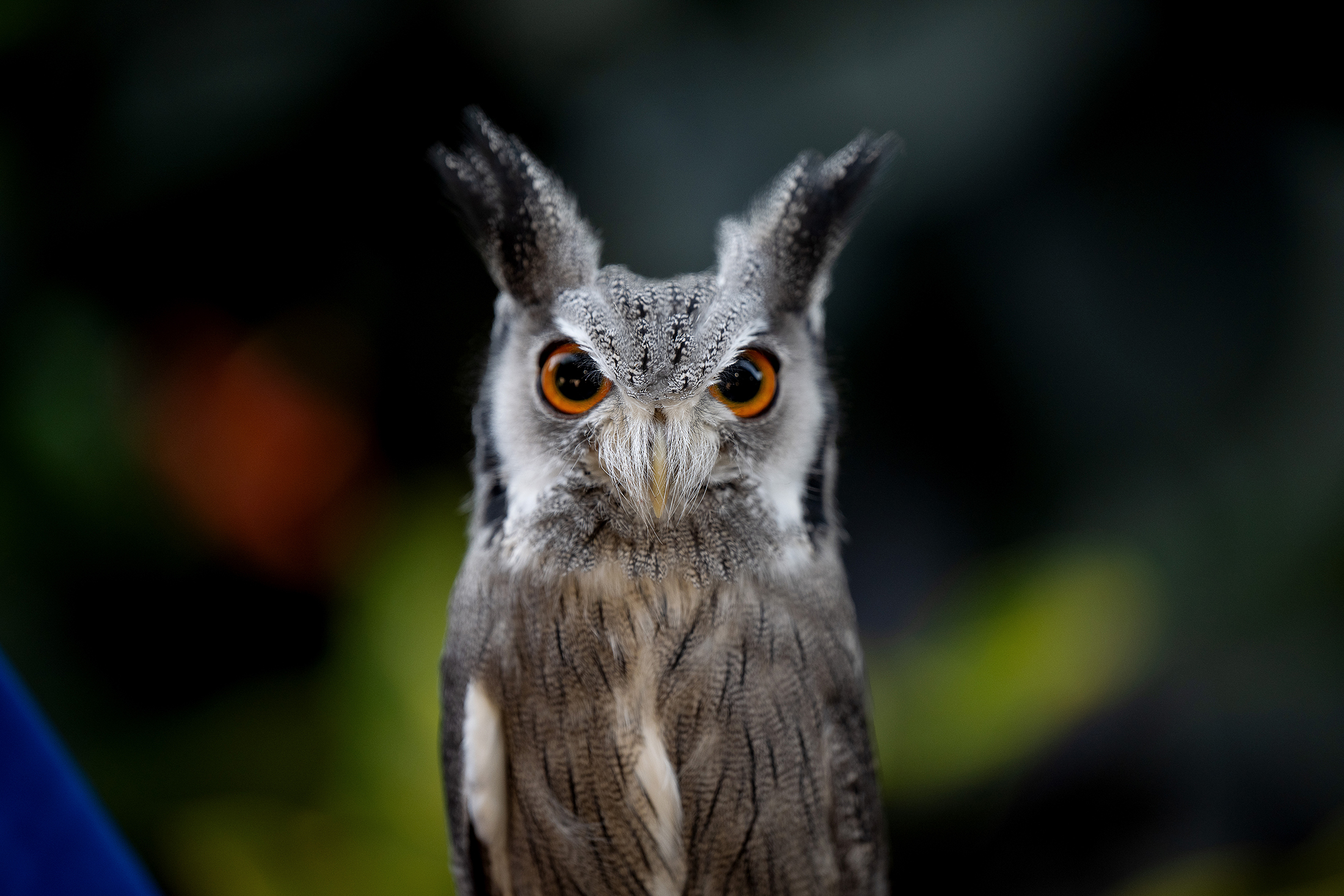
Northern White-faced Owls stand at about ten inches tall, comparable in size to Eastern Screech-Owls. They are distinguished by their prominent ear tufts and a striking white facial disc outlined by a thick black border. The body of the Northern White-Faced Owl is predominantly light gray-brown, adorned with delicate streaks and vermiculation’s – or markings…
Read More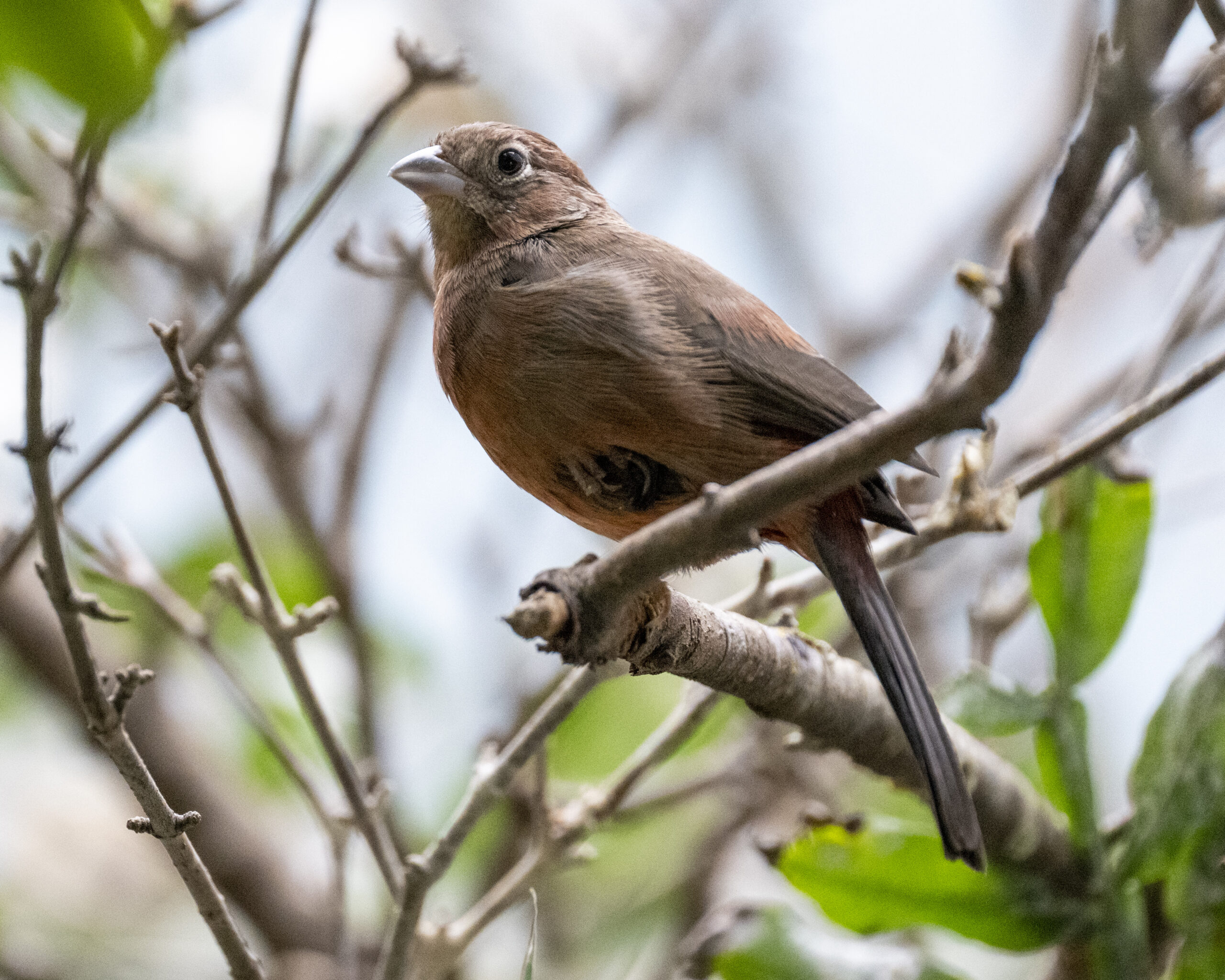
In many species, such as Red-crested Finches, males have a distinct appearance compared to females. They have a dark red coloration with a narrow white eye ring and a black-bordered bright red crown. Males can partly conceal or show off their crown coloration according to the situation. On the other hand, females have a white…
Read More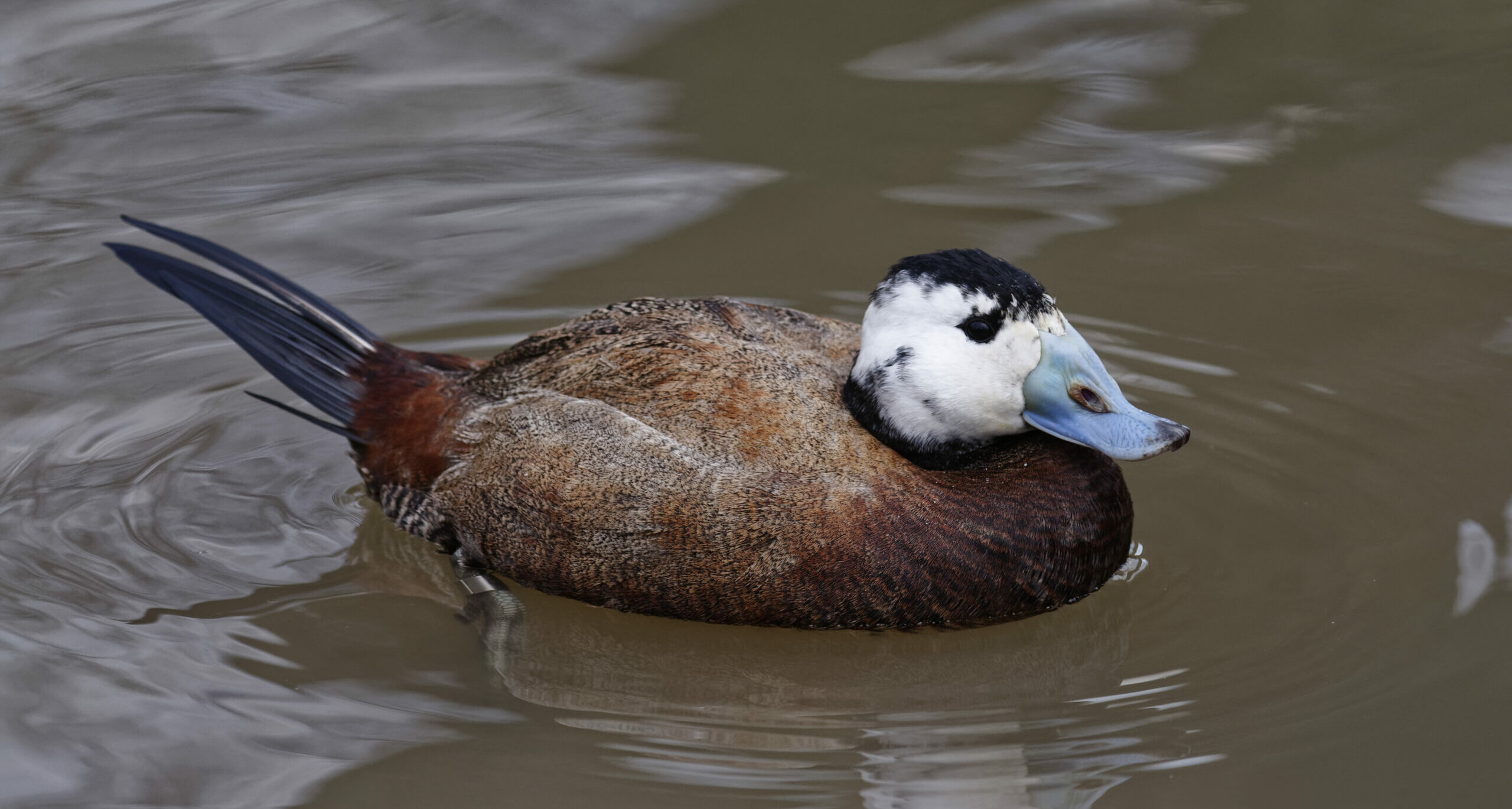
These birds are unique in that the females look different than the males, showcasing the beauty of dimorphism. But that’s not all – their prominent bills and gorgeous plumage make them a sight to behold. White-headed Ducks are also impressive divers! They engage in extensive feeding at night, feasting on mideg larvae, and can remain…
Read More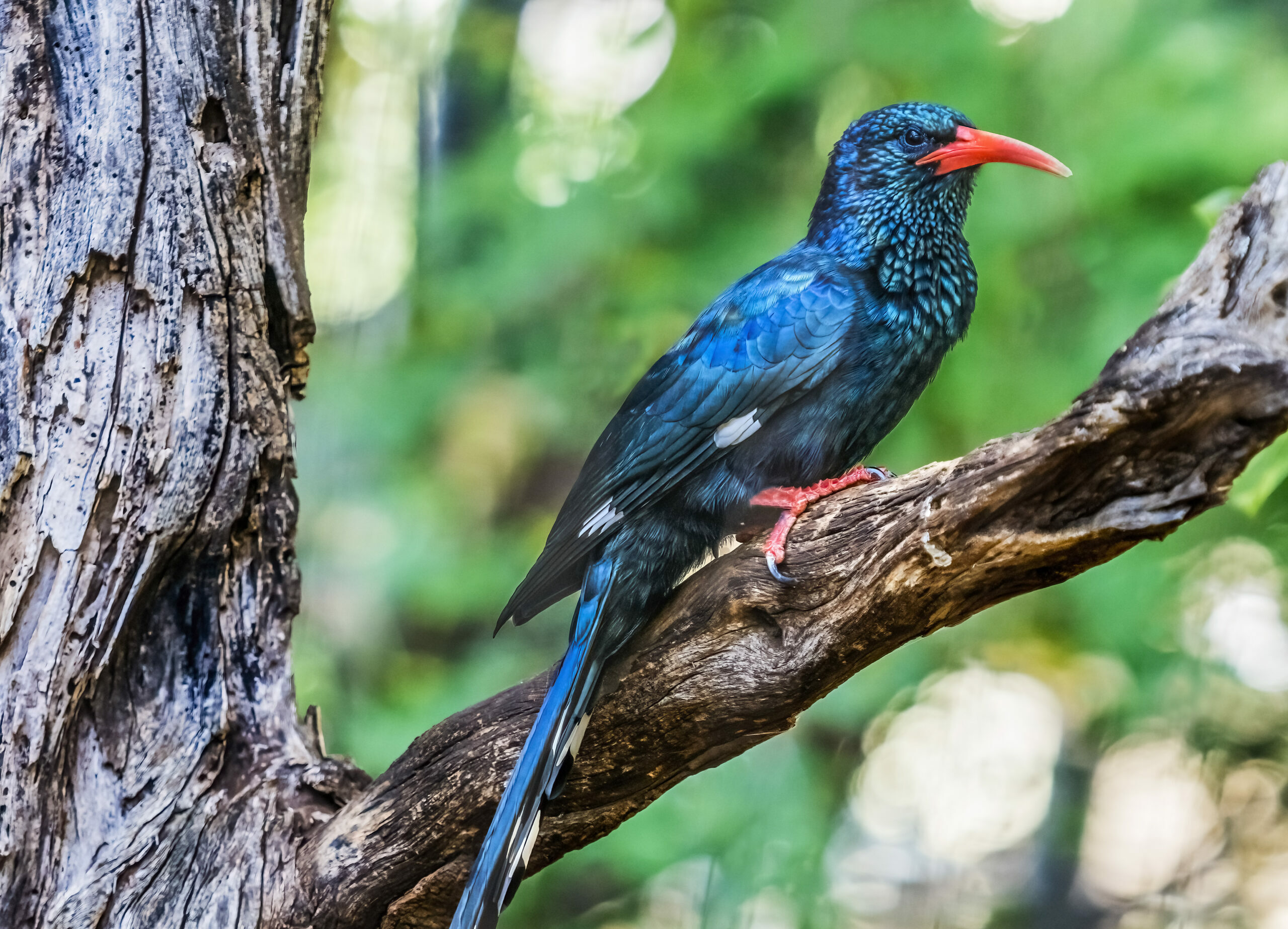
Green Woodhoopoes are very social and extremely curious about their environment – known to probe their long, curved, bright red bill into cracks and crevices in search of insects. They use their bill to pry apart bark and buds, gaining access to the food within. Woodhoopoes all have striking iridescent green, blue, and purple plumage,…
Read More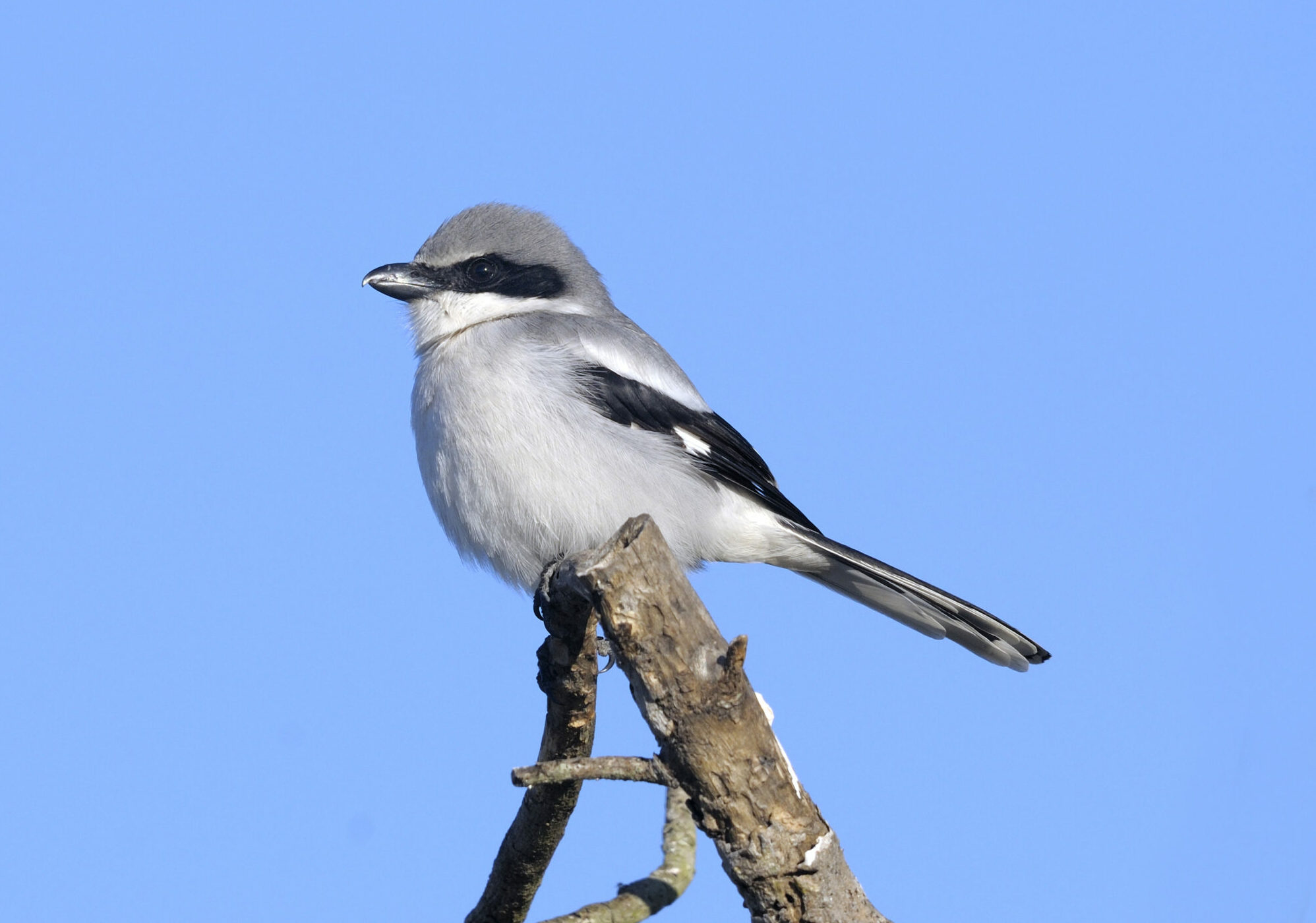
The National Aviary is home to Loggerhead Shrikes behind-the-scenes. They are hawk-like songbirds that create “food pantries.”
Read More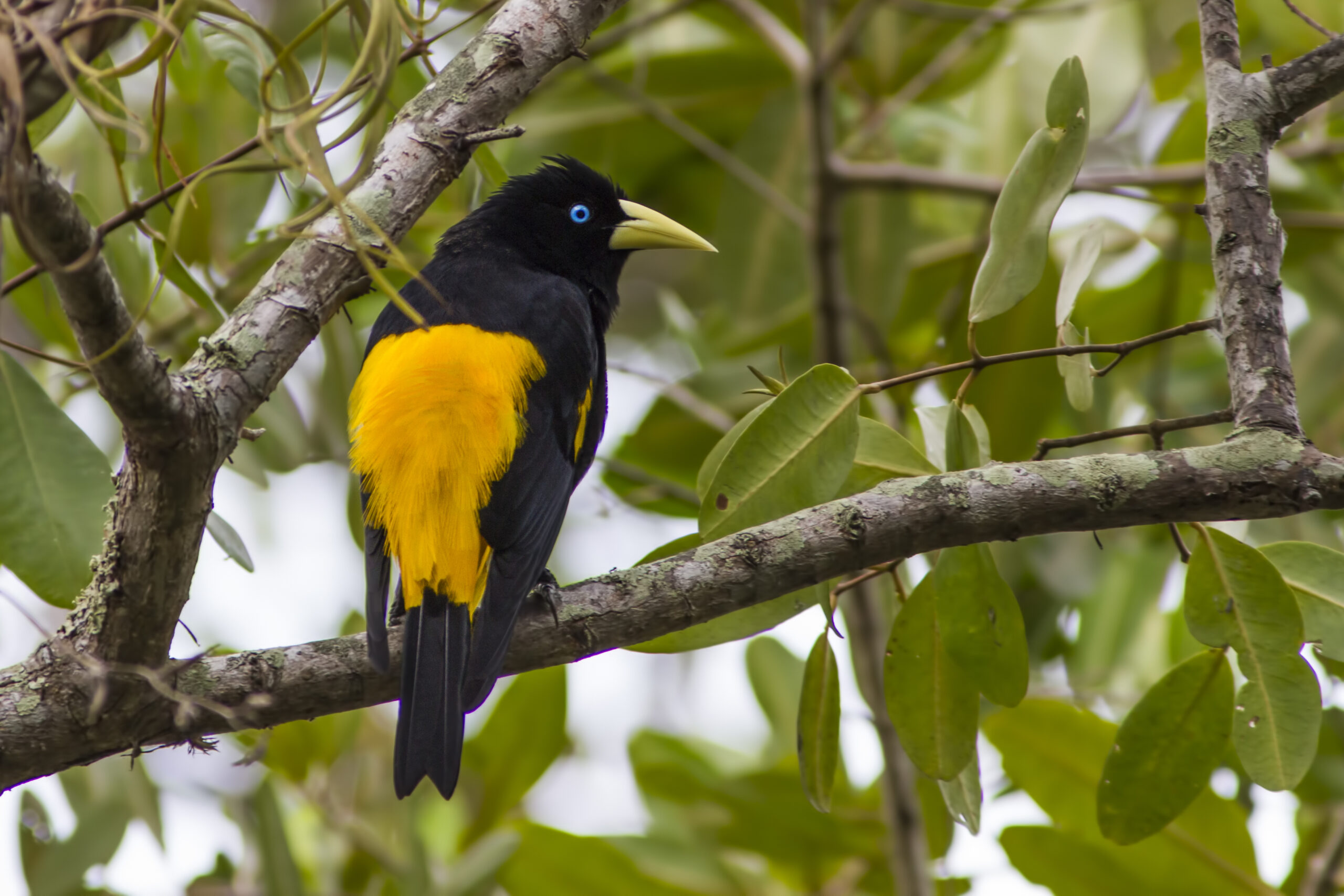
Yellow-rumped Caciques are named after the bright yellow plumage on their rump, which is brighter in males than females.
Read More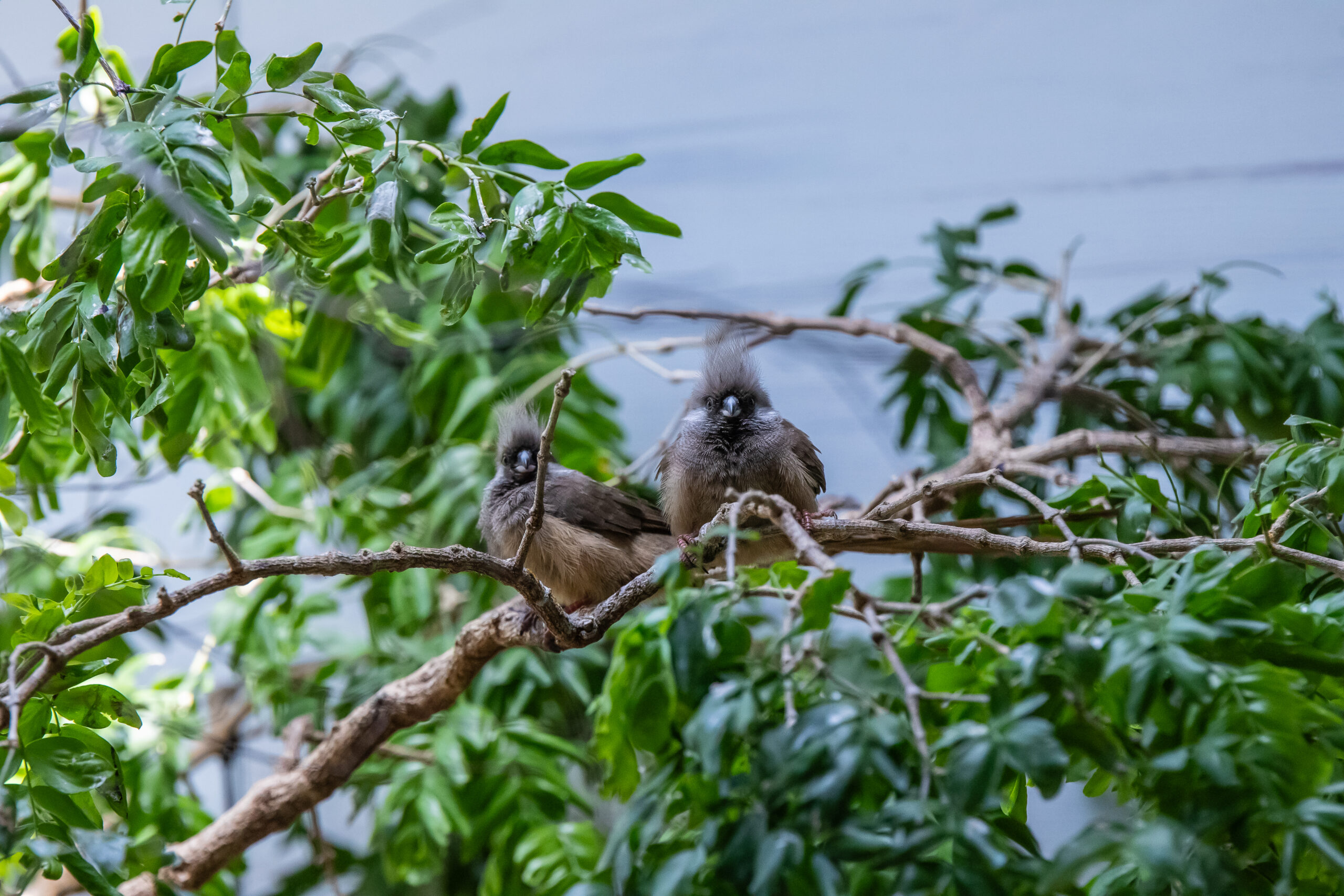
Speckled Mousebirds are very social, often living in flocks of twenty or more birds. See these fascinating birds at the National Aviary.
Read More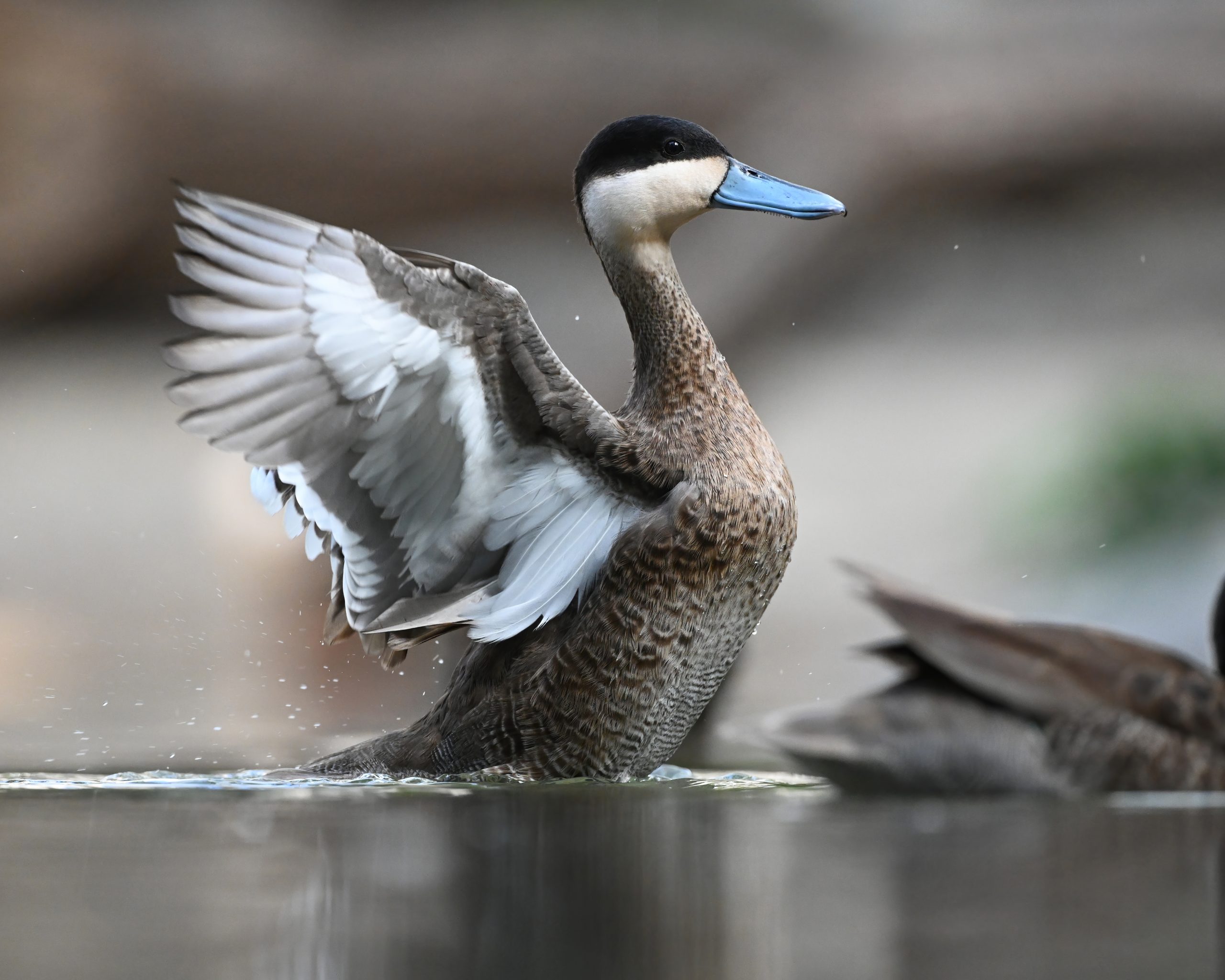
Puna Teal are dabbling ducks that feed by tipping up and reaching down into shallow water and are commonly found on bogs, lakes, and wetlands in the high Andes Mountains. Male and female Puna Teal look alike and sport a blue bill and a crisp, black cap, though males tend to be slightly brighter.
Read More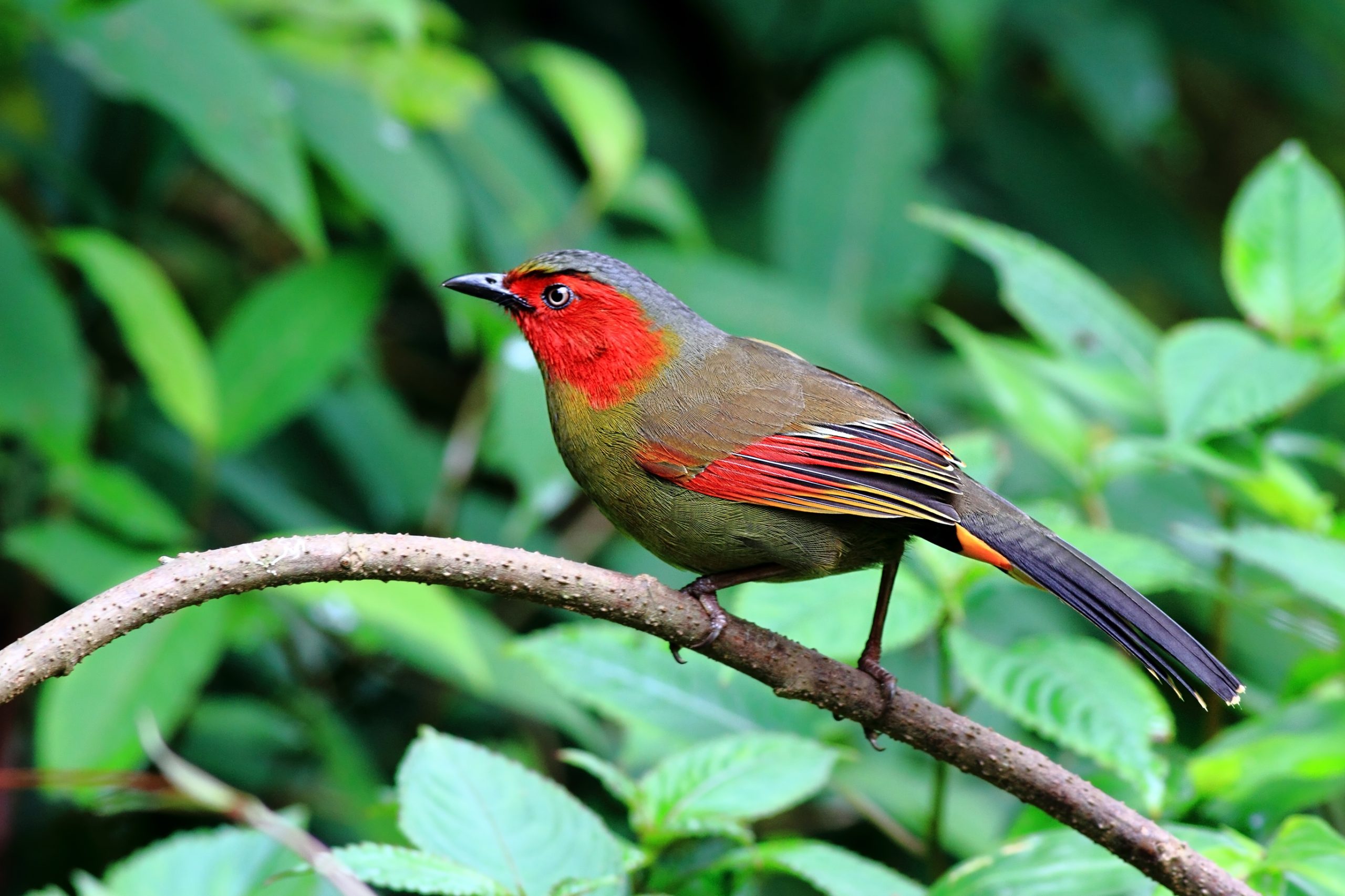
The striking Scarlet-faced Liocichla is found in the dense, hilly forests in Myanmar, Thailand, Vietnam, and China. These birds are typically furtive, spending much of their time foraging in the forest undergrowth. Scarlet-faced Liocichlas are known for being very vocal and musical like other members of the bird family that contains laughinghthrushes and babblers. As…
Read More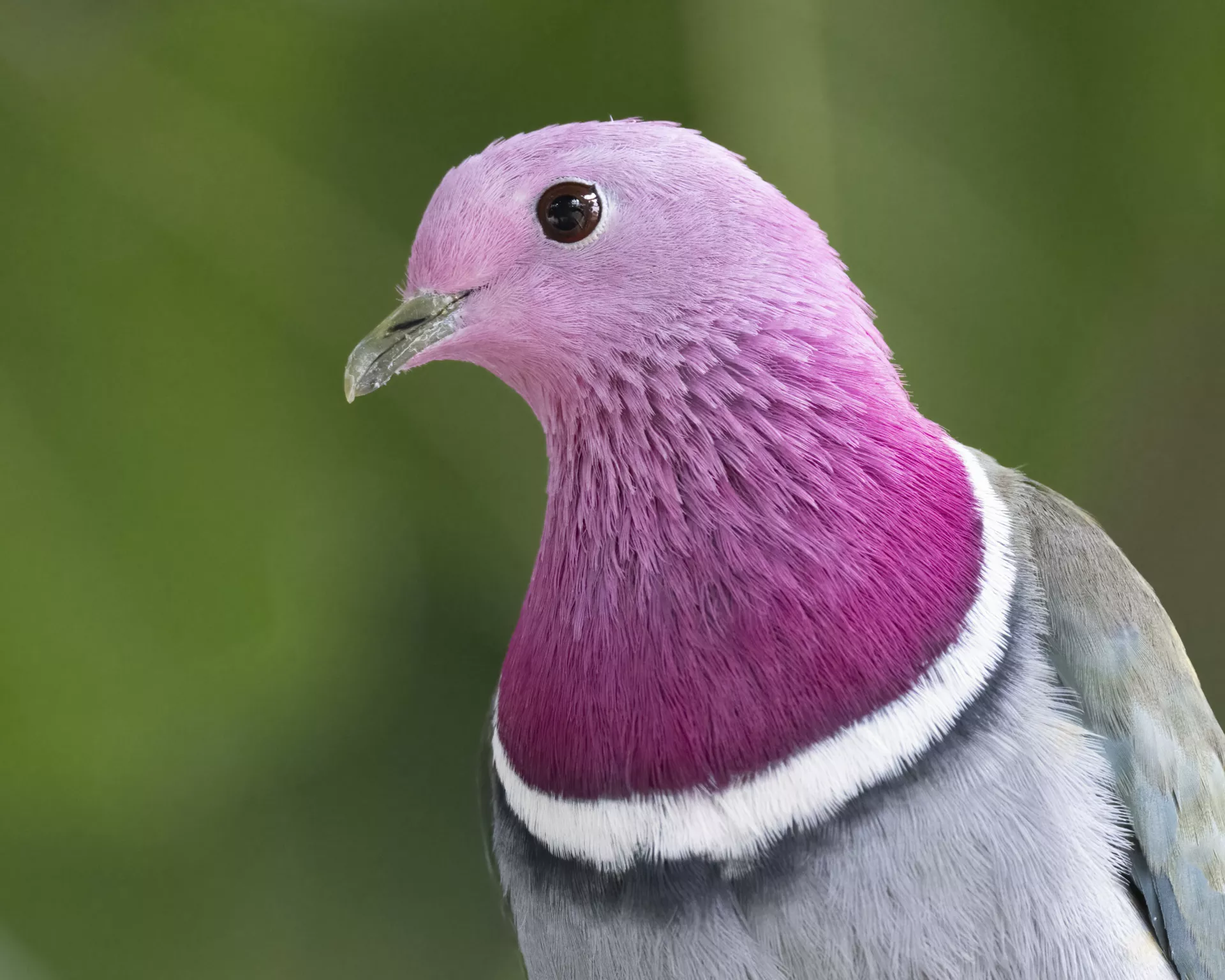
The Pink-headed Fruit-Dove is a stunning resident of the montane forests in high mountains throughout Indonesia. They feed on figs and small berries, staying high up in the forest canopy. This species lays a single egg, which the male incubates during the day and the female at night. While the Pink-headed Fruit-Dove is considered a…
Read More
 Previous Posts
Previous Posts